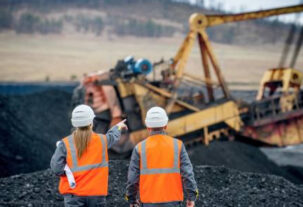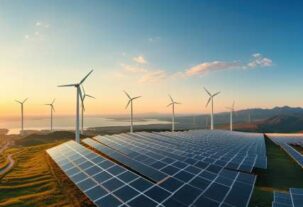Chile’s Energy Transformation Is Powered by Wind, Sun and Volcanoes
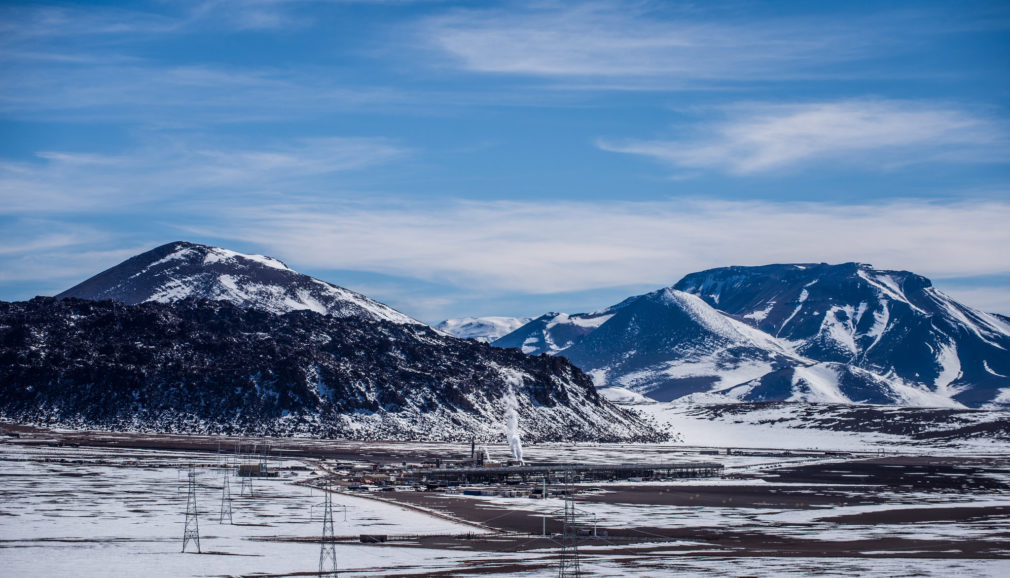
Source: New York Times
CERRO PABELLÓN, Chile — It looks and functions much like an oil drilling rig. As it happens, several of the men in thick blue overalls and white helmets who operate the hulking machine once made a living pumping crude.
But now they are surrounded by snowcapped volcanoes, laboring to breathe up here at 14,760 feet above sea level as they draw steam from the earth at South America’s first geothermal energy plant.
With the ability to power roughly 165,000 homes, the new plant is yet another step in Chile’s clean energy transformation. This nation’s rapidly expanding clean energy grid, which includes vast solar fields and wind farms, is one of the most ambitious in a region that is decisively moving beyond fossil fuels.
Latin America already has the world’s cleanest electricity, having long relied on dams to generate a large share of its energy needs, according to the World Bank.
But even beyond those big hydropower projects, investment in renewable energy in Latin America has increased 11-fold since 2004, nearly double the global rate, according to a 2016 report by the International Renewable Energy Agency, an intergovernmental organization. Chile, Mexico and Brazil are now among the top 10 renewable energy markets in the world.
So as Latin America embraces greener energy sources, government officials and industry executives in the region have expressed a sense of confusion, even bewilderment, with the Trump administration’s decision to withdraw from the climate change commitments contained in the Paris Agreement, declare an end to the “war on coal” and take aim at American environmental regulations.
“It’s irrational, like someone has been asleep for 10 years and refuses to wake up,” said James Lee Stancampiano, the head of business development for South America at Enel Green Power, an Italian company that has played a leading role in overhauling Chile’s energy sector. “We see renewables as a train that nobody can stop.”
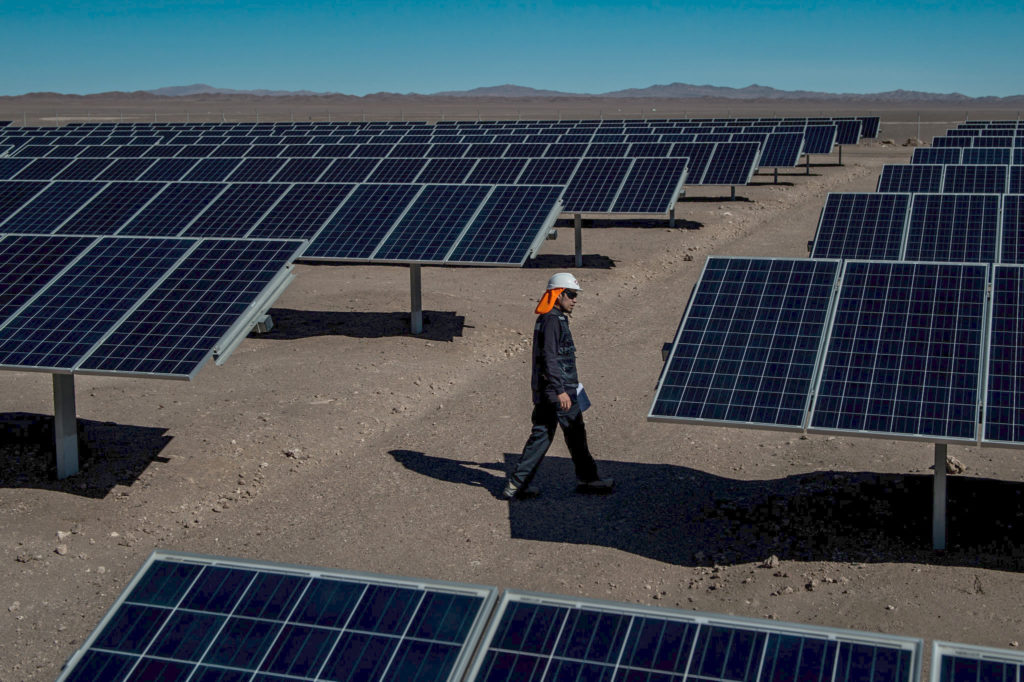
Even Argentina, something of a laggard in Latin America when it comes to clean energy, last year invited foreign companies to bid on renewable energy projects and declared 2017 to be the “year of renewables,” setting a goal of relying on clean sources for 20 percent of its electricity needs by 2025, up from the current 2 percent.
Mexico is striving to rely on clean energy for 35 percent of its electricity demand by 2024, up from about 21 percent today. By 2050, it hopes to have a grid that runs on at least 50 percent clean energy.
Chilean officials have an even more ambitious projection, saying the country is on track to rely on clean sources for 90 percent of its electricity needs by 2050, up from the current 45 percent.
The country’s expanding green energy infrastructure has significantly reduced the cost of producing electricity here, helping to turn a nation once dependent on energy imports into a renewables powerhouse with the potential to help its neighbors keep the lights on.
Part of the reason for the push, said Gabriela Elizondo, a senior energy analyst at the World Bank, is that severe weather events like droughts and floods have made hydropower plants less reliable, leading governments in the region to diversify their power sources.
“This is the main reason nonconventional renewables, meaning wind, solar and geothermal, have started to take off, especially in the last five years,” Ms. Elizondo said. “They’ve taken off in a really spectacular way.”
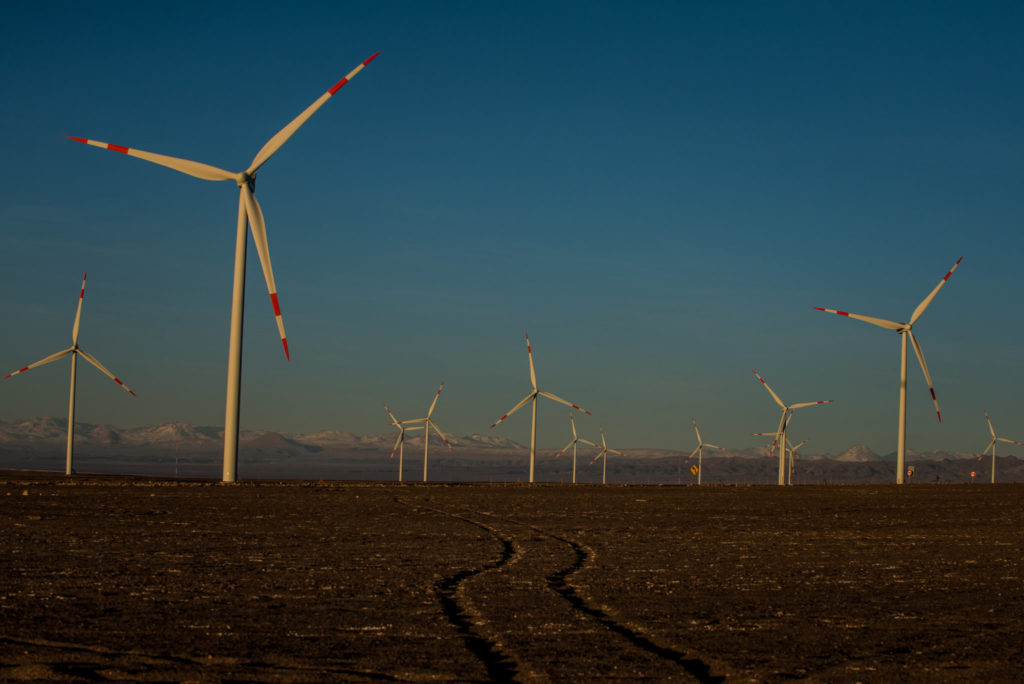
A decade ago, several leaders in the region became concerned that their energy sectors were buckling. After an era of sustained economic growth, during which millions joined the middle class, energy consumption shot up. Few nations were as vulnerable as Chile, which has almost no domestic sources of fossil fuels and was left in a lurch in 2007 when Argentina abruptly cut off natural gas shipments.
“We had a sector with very few actors, little competition and high prices,” said Chile’s energy minister, Andrés Rebolledo.
The scale of the problem became apparent to President Michelle Bacheletduring her first term, which ended in 2010. But it wasn’t until she returned to office in 2014 that the government set in motion a plan to embrace renewables and open up the energy market to the private sector.
By then, in addition to the high cost and uncertainty of the energy supply, there was another pressing incentive to change course: Chile was experiencing a prolonged drought that turned once-arable land into desert.
“I am convinced that climate change is a reality, a complete and absolute reality,” Ms. Bachelet said in a recent interview. “We think it’s essential for our economic development to have cleaner energy because we want this planet to last.”
Last August, Chile awarded dozens of contracts to local and foreign companies in a large auction that outsourced about 23 percent of its expected energy needs over the next decade. A new auction is scheduled to take place in November.
It doesn’t hurt that Chile’s geography offers an embarrassment of riches for renewable energy.
A constellation of solar fields built in the Atacama Desert in the north, one of the driest and sunniest places on Earth, has made Chile one of the most promising markets for producers of solar panels. The sun is so strong there that workers at remote solar fields must wear protective suits and obsessively slather on thick layers of sunscreen.
Scores of wind farms in the northern desert and along the country’s 2,653-mile coastline are now feeding into the national power grid. And while output from solar and wind sources is irregular, geothermal plants offer round-the-clock power, albeit at a higher cost, making the overall grid less vulnerable to disruptions.
At geothermal plants built in volcanic areas, steam dredged from deep inside the earth is turned into electricity. After passing through a cooling station, the steam is pumped back into the earth using injection wells.
“It’s not invasive,” said Guido Cappetti, the general manager of the project, a joint venture between Enel and Chile’s state-owned National Petroleum Company. “The environmental and social impacts are minimal.”
Sergio Arancibia, the site manager here at the Cerro Pabellón geothermal plant, said he got his professional start at Venezuela’s state oil company. Then he moved to Peru, Argentina, and Colombia, always chasing new fossil fuel discoveries that created boomtowns.
While much of the technology from that era is applicable to running the plant at Cerro Pabellón, he said his latest job is particularly gratifying because it has brought power to remote, poor population centers.
“It guarantees or minimizes the possibility that these small towns will succumb or disappear with time,” he said. “These indigenous towns that have few revenue sources and jobs, the natural tendency is that they disappear when the last elder dies.”
While Latin America’s enormous hydropower projects have resulted in calamitous floods, large-scale displacement of local populations and environmental damage, the region’s wind, solar and geothermal projects have encountered little resistance from neighboring communities.
Ollagüe, a tiny town along Chile’s border with Bolivia, has seen a renewal since residents began getting electricity 24 hours a day last year from a bank of solar panels and wind turbines that charge a large battery.
“This was a town that used to lose power at 1 a.m.,” said the mayor, Carlos Reygadas Bavestrello. “It would become a town of darkness. Being able to count on electricity has improved people’s quality of life considerably.”
Steady electricity has brought about both trivial and profound changes, he said. It’s possible to have ice cream now. More significantly, students used to be sent to larger cities to continue their education after eighth grade. But soon, the village will have a high school.
“Our community no longer feels as isolated as it once was,” he said. “It’s not unusual anymore to see residents from indigenous communities with a laptop and a smartphone in hand connected with the rest of the world.”
Source: New York Times
Chile’s Energy Transformation Is Powered by Wind, Sun and Volcanoes

